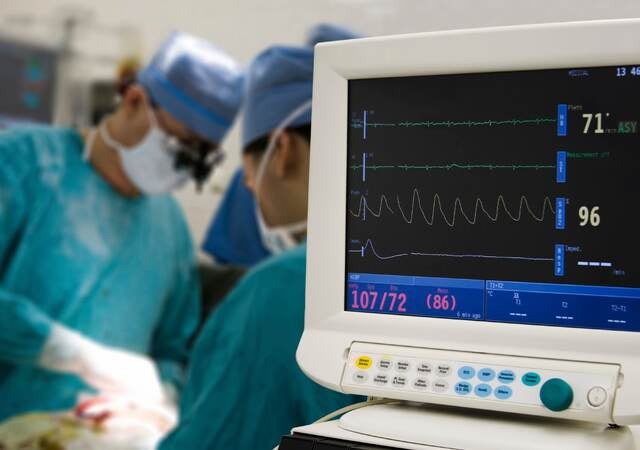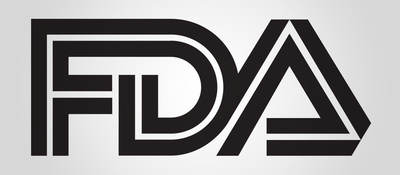August 26, 2024
By Beth Pugh, Sarah Fitzgerald and Evangeline Loh
In its August 22 webinar, the U.S. Food and Drug Administration (FDA) discussed the Stage 1 requirements imposed on laboratory-developed test (LDT) manufacturers.
U.S. FDA Final Rule on LDTs
LDTs are in vitro diagnostic devices (IVDs) that are designed, manufactured and used within a single clinical laboratory and were placed under enforcement discretion in 1976 with the medical device amendments to the Federal Food, Drug, and Cosmetic Act. Since at least 2010, the FDA has been considering regulating most LDTs more like commercially distributed IVDs. In January, the FDA shared the intended proposal to reclassify most IVDs currently classified as Class III to Class II devices, likely in preparation for regulatory developments related to LDTs.
The Final Rule for LTDs was officially released on May 6, 2024. A four-year phaseout policy from enforcement discretion to standard IVD requirements was announced for most LDTs. Stage 1 applies starting on May 6, 2025.
Final Rule on LDTs, Stage 1
The first set of requirements applicable to LDT manufacturers is complaint management and adverse event, correction and removal reporting requirements. Manufacturers of LDTs must have a procedure to manage complaints, as well as a complaint file system (records), to collect and review complaints per 21 CFR 820.198. Manufacturers must also have the processes to assess if these complaints are reportable as Medical Device Reports (MDR, 21 CFR part 803) and to assess if the LDT is subject to corrections and removals reporting (21 CFR part 806). They must begin making such reports, where applicable, starting on May 6, 2025.
In its quest to keep the industry educated, the FDA hosted a webinar on Stage 1.
Complaints
Complaint handling responsibilities for manufacturers (21 CFR 820.198) are outlined below:
- Manufacturers must establish and maintain procedures for receiving, reviewing and evaluating complaints.
- Manufacturers are required to maintain complaint files.
- Any complaint involving the possible failure of a device, labeling or packaging to meet any of its specifications shall be reviewed, evaluated and investigated, unless such investigation has already been performed for a similar complaint and another investigation is not necessary.
Any complaint that represents an event that must be reported to the FDA under part 803 must be promptly reviewed, evaluated, and investigated by a designated individual and be maintained in a separate portion of the complaint file or otherwise clearly identified.
Medical device reports
As required (21 CFR 803), manufacturers are required to submit MDR reportable events to the FDA when they become aware that any of their devices may have caused or contributed to a death or serious injury or when their device has malfunctioned and would likely cause or contribute to a death or serious injury if the malfunction were to recur.
|
What to Report |
Deadline |
|
Reports of deaths, serious injuries and malfunctions |
Within 30 calendar days of becoming aware of an event |
|
Reports for an event designated by the FDA or an event that requires remedial action to prevent an unreasonable risk of substantial harm to public health |
Within 5 work days of becoming aware of an event |
Since August 14, 2015, the eMDR Final Rule requires manufacturers to submit MDRs in an electronic format to FDA.
Corrections and removal reporting
Manufacturers must carry out recalls when their product violates a U.S. law that pertains to them. Voluntary recalls are conducted according to 21 CFR 7, while recalls ordered by the FDA are carried out under 21 CFR 810. Recalls can either involve a correction or removal. A correction is the repair, modification, adjustment, relabeling, destruction or inspection of a device without removing it from its location while a removal includes the physical removal of the device to another location to perform those activities. According to 21 CFR 806, corrections and removals initiated to reduce a risk to health posed by the device or to remedy a violation of the Act caused by the device which may present a health risk must be reported to the FDA.
What about the Final Rule on the Quality Management System Regulation?
The FDA published the Final Rule (February 2) on the Quality Management System Regulation (QMSR). This incorporates by reference ISO 13485:2016 and is effective in two years (February 2, 2026).
LDT manufacturers compliant with ISO 13485 complaint requirements (Subclause 8.2.2) will not be required to be compliant to the requirements of 21 CFR 820.198 (LDT Final Rule, preamble). This means that an LDT manufacturer must be compliant with 21 CFR 820.198 or ISO 13485:2016, Subclause 8.2.2 as of May 6, 2025, but not necessarily both.
On the effective date of the QMSR (February 2, 2026), LDT manufacturers must be compliant with the QMSR (ISO 13485:2016), including the complaint provisions. Therefore, it may be beneficial to LDT manufacturers to base their procedures on ISO 13485 rather than the current 21 CFR 820.198.
Concluding remarks
The Final Rule impacts all LDTs in the U.S., unless described as remaining under enforcement discretion in the Final Rule. Stage 1 applies on May 6, 2025, and for LDT manufacturers they must understand and possess the procedures related to the requirements on complaints, MDR and corrections and removal reports.
We at Emergo by UL will continue to monitor developments and share them as they occur. In addition, we remain available to provide consulting support.
Request more information from our specialists
Thanks for your interest in our products and services. Let's collect some information so we can connect you with the right person.






